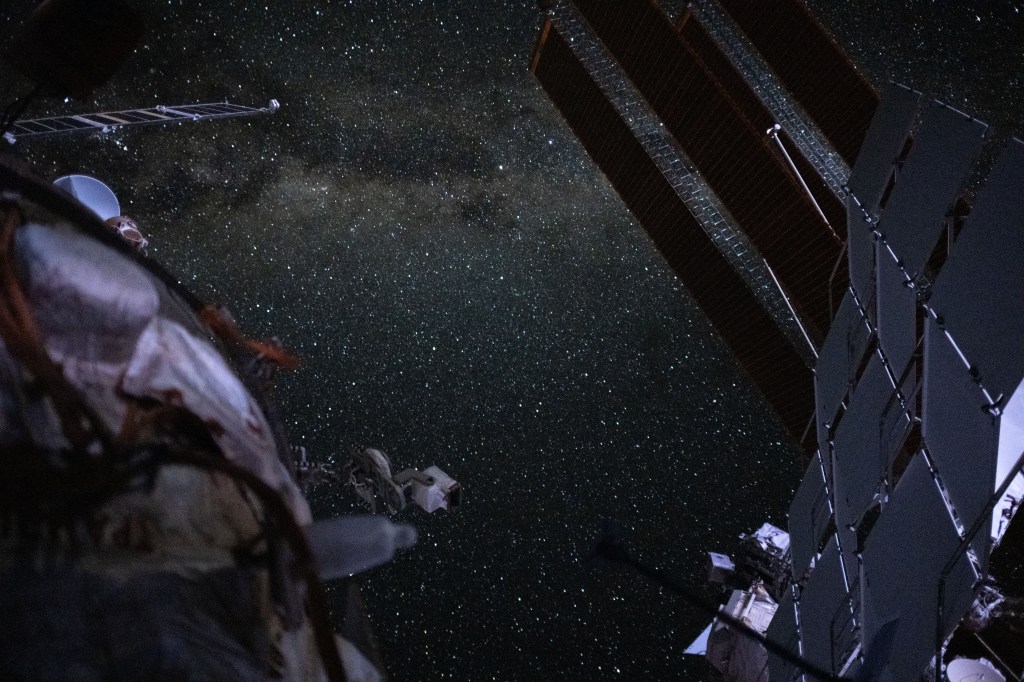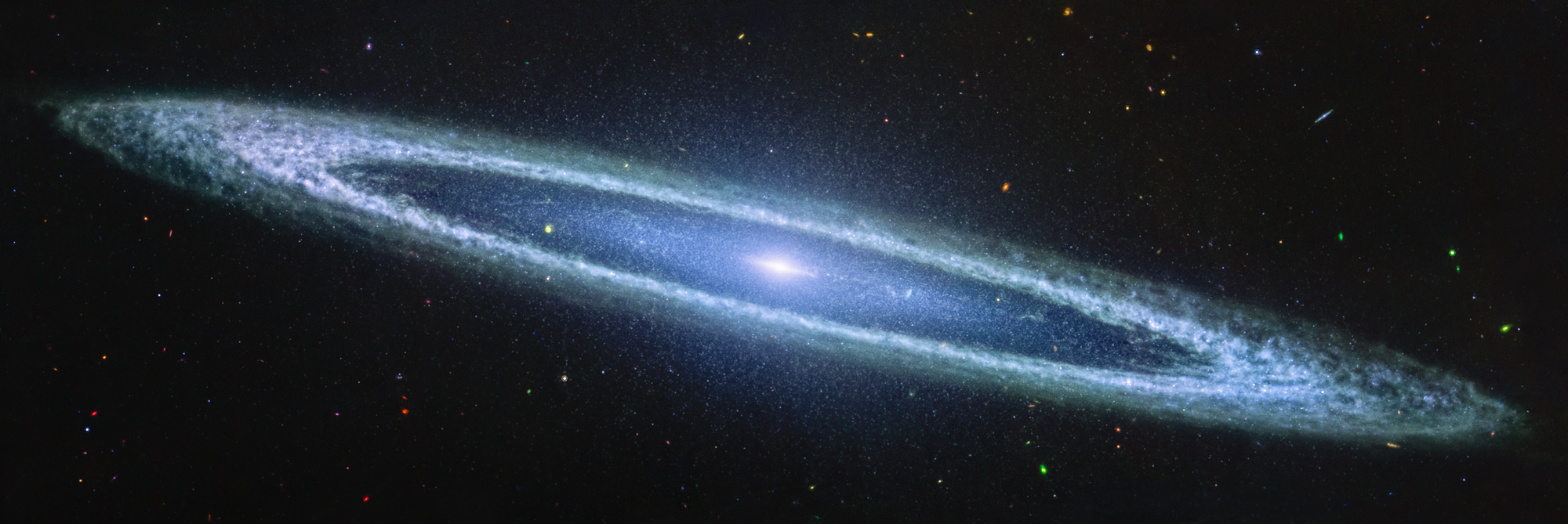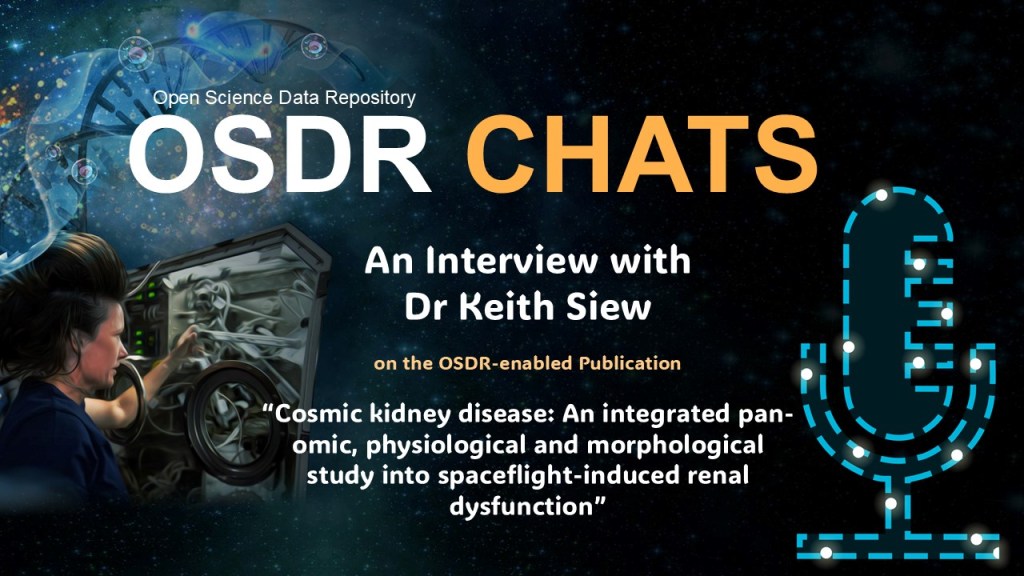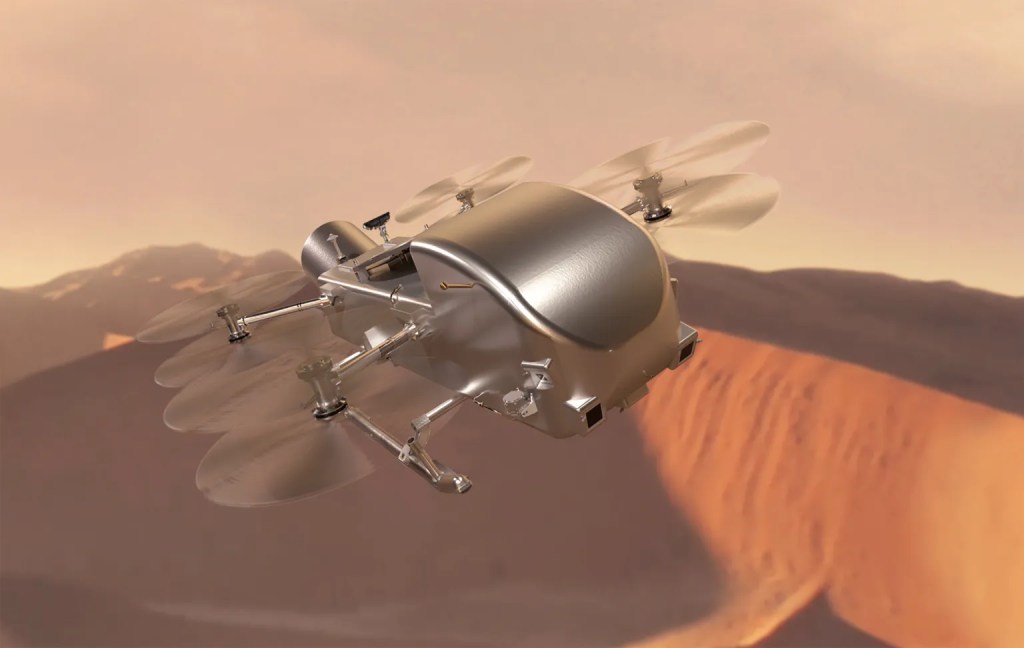CARA Publications
CARA Technical Publications
A Conjunction Assessment Risk Assessment Theory
Total Probability of Collision as a Metric for Finite Conjunction Assessment and Collision Risk Management – Frigm et al. (2015)
Outlines possible methods for treating conjunction risk in a grouped manner, rather than the present approach of addressing each conjunction discretely
Relevance of the American Statistical Society’s Warning on p-Values for Conjunction Assessment – Carpenter et al. (2017)
Considers the ASA’s public warning on the widespread misuse of significance testing (“p-hacking”) and whether the use of the probability of collision in CA often falls victim to these misuses
Satellite Conjunction Assessment Risk Analysis for “Dilution Region” Events: Issues and Operational Approaches – Hejduk and Snow (2019a)
Examines the appropriate placement of evidentiary burden for requiring CA mitigation actions and argues that the use of the probability of collision is appropriate, even in dilution region situations, if the mitigation null hypothesis is set appropriately
Satellite Conjunction “Probability,” “Possibility,” and “Plausibility”: A Categorization of Competing Conjunction Assessment Risk Analysis Paradigms – Hejduk and Snow (2019b)
Develops a philosophical construct for categorizing different CA risk assessment approaches and orients a number of proposed CA risk assessment approaches according to this construct, which reveals their inherent suitability for certain CA applications
B Probability of Collision Calculation
High-Fidelity Collision Probabilities Estimated using Brute-Force Monte Carlo Simulations – Hall et al. (2018)
Describes and gives benchmark data for the CARA Brute-Force Monte Carlo probability of collision computation capability.
Effect of Cross-Correlation of Orbital Error on Probability of Collision Determination – Casali et al. (2018)
Develops a theory for determining the correlation between primary and secondary object due to shared global atmospheric density forecast error, and a method for removing this correlated error and thus improving the probability of collision calculation
Implementation Recommendations and Usage Boundaries for the Two-Dimensional Probability of Collision Calculation – Hall (2019a)
Develops a test statistic and recommended test statistic values for identifying situations in which the two-dimensional probability of collision calculation may miscarry (largely rendered unnecessary by advent of 3-D Pc, #B-5 below)
Assessing GEO and LEO Repeating Conjunctions using High-Fidelity Brute-Force Monte Carlo Simulations – Baars et al. (2019)
Describes the approach used to estimate a durable aggregate probability of collision, using Monte Carlo simulations, for pairs of objects that experience repeating conjunctions.
Expected Collision Rates for Tracked Satellites – Hall (2021) (Pending Approval)
Gives the mathematical foundations for the 3-D probability of collision algorithm and comparative results with the two-dimensional probability of collision and brute force Monte Carlo approaches.
A Multistep Probability of Collision Computational Algorithm – Hall et al. (2023)
Presents a multistep algorithm that calculates collision probabilities for all conjunctions, regardless if they are affected by curvilinear trajectory or time varying covariance dynamics. Includes a method to evaluate usage violations for the two-dimensional probability of collision method.
C Probability of Collision Prediction and Uncertainty
Approaches to Evaluating Probability of Collision Uncertainty – Hejduk and Johnson (2016)
Outlines methods to produce uncertainty boundaries on the calculated probability of collision, following uncertainties in the hard-body radius and covariance through the calculation.
Operational Implementation of a Pc Uncertainty Construct for Conjunction Assessment Risk Analysis – Newman et al. (2016)
Gives benchmarking and implementation results for operational use of the Pc Uncertainty approaches outlined in Hejduk and Johnson (2016).
Bayesian Methods for Longitudinal Trending in Probabilities of Collision – Vallejo (2016)
A doctoral dissertation examining a collection of different Bayesian techniques for attempting to predict event probabilities of collision given certain antecedent data.
Computational Bayesian Methods Applied to Complex Problems in Biology and Astrodynamics Statistics – Elrod (2019) (no link)
A doctoral dissertation examining a number of methods for determining uncertainties in satellite state estimate covariance matrices and including these estimates in probability of collision calculations.
D Collision Consequence
Consideration of Collision “Consequence” in Satellite Conjunction Assessment and Risk Analysis – Hejduk et al. (2017)
Develops theory and collects needed algorithms for estimating the number of debris fragments greater than a given size that a conjunction could be expect to generate should it result in a collision
An Operational Algorithm for Evaluating Satellite Collision Consequence – Lechtenberg (2019a)
Takes the construct developed in D-1 above, performs benchmarking against test satellites with known masses, and generates threshold recommendations for deploying the construct operationally.
E Hard-Body Radius
Recommended Methods for Setting Mission Conjunction Analysis Hard Body Radii – Mashiku and Hejduk (2019)
Surveys a number of different methods for determining the hard-body radius for a protected asset and offers operational recommendations.
Processing Space Fence Radar Cross-Section Data to Produce Size and Mass Estimates – Baars and Hall (2022)
Describes the processes used to filter Space Fence radar cross-section data, defines the algorithms used to estimate satellite sizes and masses, and present comparisons of estimated values against known satellite sizes and masses.
F Covariance
Earth Observing System Covariance Realism – Zaidi and Hejduk (2016)
Discusses the implementation of an operational covariance realism program, largely following the approach in F-1, and presents operational results.
Covariance Manipulation for Conjunction Assessment – Hejduk (2016)
Examines different methods that covariances are manipulated in conjunction assessment calculations and offers philosophical and practical commentary on each.
Remediating Non-Positive-Definite State Covariances for Collision Probability Estimation – Hall et al. (2017)
Examines the causes of non-positive-definite satellite state covariances, surveys proposed remediation techniques, develops a new approach, and evaluates all approaches against an existing operational dataset.
Multivariate Normality of Cartesian-Framed Covariances: Evaluation and Operational Significance – Lechtenberg (2019b)
Examines the question of non-Gaussian covariance behavior due to a rectilinear-curvilinear mismatch and assesses its significance for conjunction assessment.
G Operational Parameters and Issues
Conjunction Assessment Screening Volume Sizing and Event Filtering in Light of Natural Conjunction Event Development Behaviors – Hejduk and Pachura (2017)
Examines different methodologies for determining and assessing the performance of CA screening volume sizes and presents operational recommendations
Determining Appropriate Risk Remediation Thresholds from Empirical Conjunction Data using Survival Probability Methods – Hall (2019b) (Presentation)
Develops a technique for determining accrued conjunction risk for any given satellite and employs this technique to generate trade-spaces among accrued risk, individual event Pc remediation threshold, individual event Pc remediation level, and time on orbit
NASA Conjunction Assessment Risk Analysis Updated Requirements Architecture – Newman et al. (2019)
Describes the current NASA CARA architecture and operational paradigms for CA risk assessment (a good overall introduction to CARA’s mission execution)
H Space Weather
Predicting Space Weather Effects on Close Approach Events – Hejduk et al. (2015)
Discusses methods to determine whether particular CA events are susceptible to neutral atmospheric density mismodeling, gives operational implementation recommendations for one of these methods, and presents some operational results.
The Effect of Neutral Density Estimation Errors on Satellite Conjunction Serious Event Rates – Hejduk and Snow (2018)
Examines the atmospheric drag modeling phenomenon in some depth and discusses its relevance to CA, with particular emphasis on the importance of incorporating atmospheric density forecast error into predicted covariances.
I Artificial Intelligence/Machine Learning (AI/ML)
Predicting Satellite Close Approaches Using Statistical Parameters in the Context of Artificial Intelligence – Mashiku et al (2019)
Examines the feasibility of reliably predicting close approaches using artificial intelligence to incorporate available statistical parameters for conjunctions.
Early Information Parameter-Set Analysis for Satellite Close Approaches using Machine Learning – Robertson and Mashiku (2021)
Investigates the use of AI/ML to provide an earlier conjunction mitigation decision-making threshold through quantifying or reducing propagation errors in AI prediction models.
J Launch COLA
Launch COLA Operations: an Examination of Data Products, Procedures, and Thresholds, Rev A – Hejduk et al. (2014)
Extended technical report examining all major aspects of the launch collision avoidance practice and giving operational recommendations. Revised to correct a problem discovered with the interpretation of the results of the Monte Carlo study in Section 9 of the original report. Associated modifications to the Executive Summary and the Results Summary sections have also been effected.
An Assessment of the Efficacy of Launch Collision Avoidance Analysis in Providing Risk Reduction for NASA –Beaver et al. (2015)
This study assesses the value of collision on launch assessment (COLA, often referred to as “launch COLA”) practices and provides recommendations regarding its implementation for NASA missions not part of the Human Space Flight enterprise.
K Light Pollution
Semi‑Empirical Astronomical Light Pollution Evaluation of Satellite Constellations – Hall (2023)
































